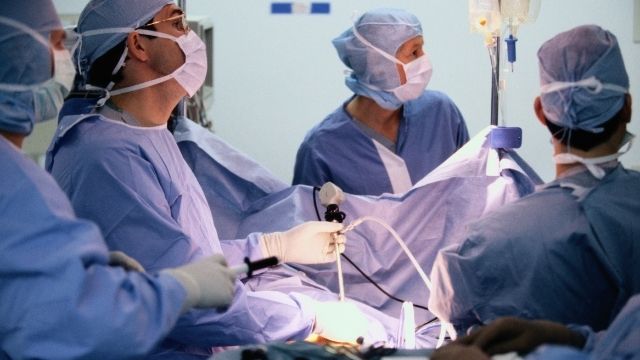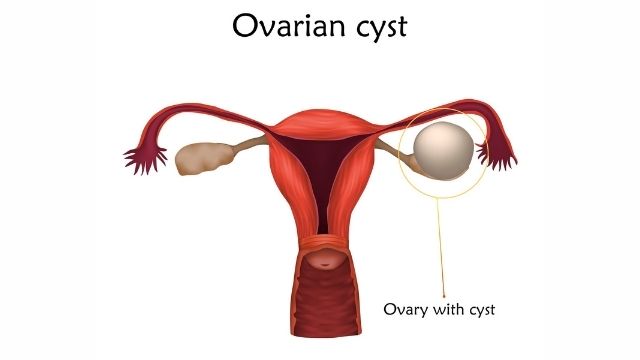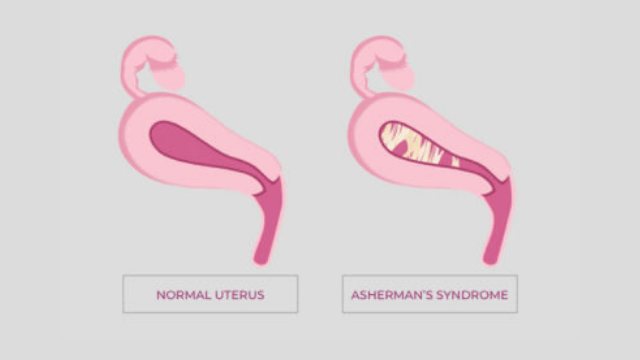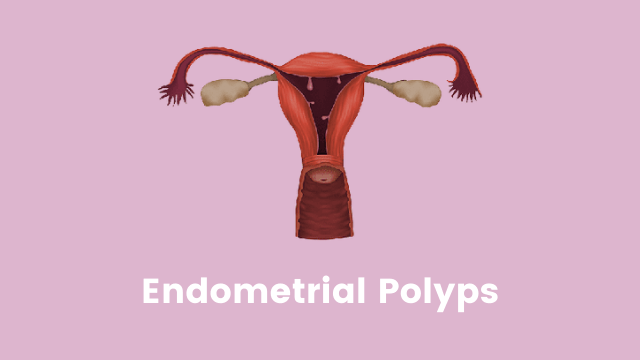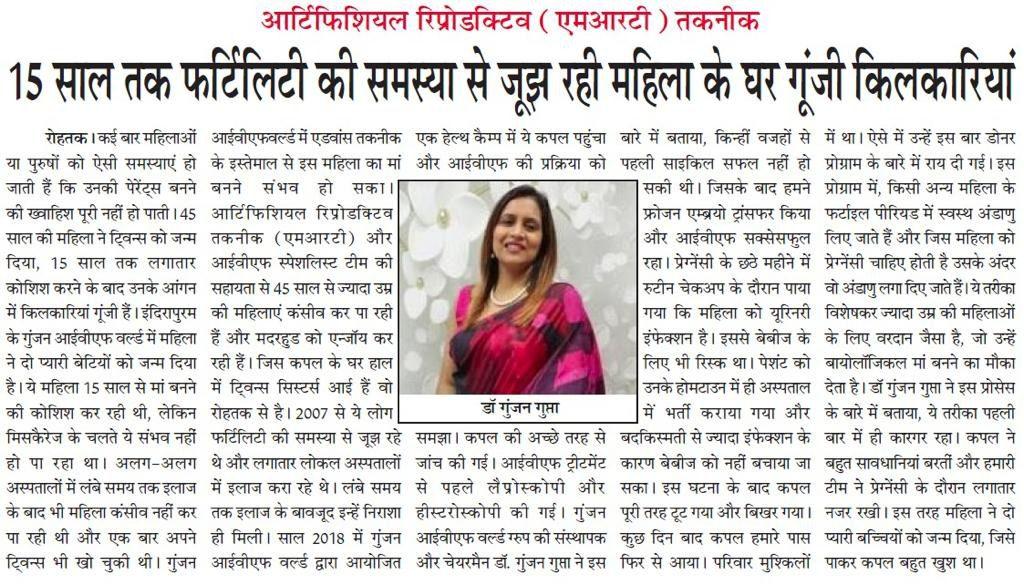Removal of Fibroids
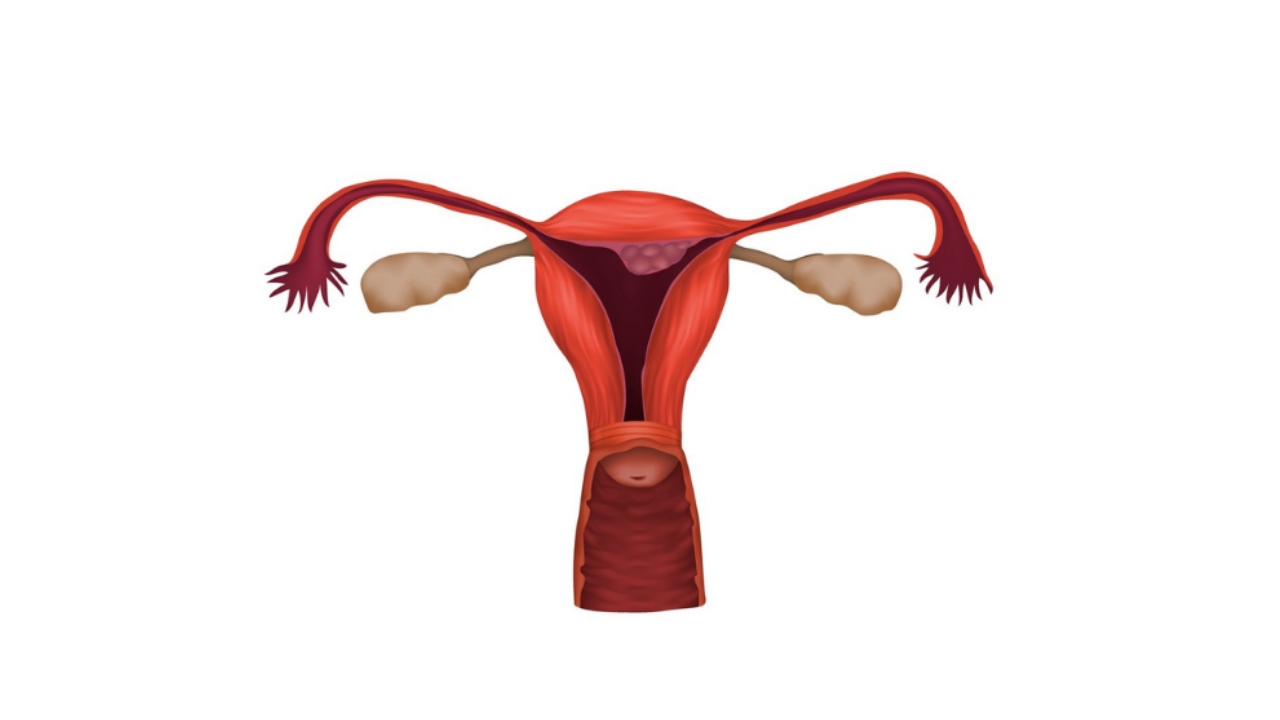
Removal of Fibroids (Myomectomy)
One in three women can have fibroids at the same point of their lifetime. It mostly occurs in women from the age of thirty to fifty. In the African-Caribbean country, women develop this more frequently. The women who are suffering from the problem of overweight, are prone to it because obesity increases the level of estrogen in the body. The women with children have a lower risk than others.
Everything You Need to Know About Removal of Fibroids
What is it | Types of Fibroids | Causes, and signs | Symptoms | Diagnosis, and Treatment | Pregnancy
What are fibroids?
In the uterus of a woman, there are some abnormal growths which are called fibroids. Sometimes, the sizes of tumors become large and it is the reason behind the heavy flow of periods and abdominal pain. They may not cause any symptoms in other cases. These are major, noncancerous, or benign. They made turn cancerous rarely in less than 0.26%. Other names of the fibroids are myomas, leiomyomas, fibromas, and uterine myomas. According to the Office of Woman’s Health, 80% of women over fifty have them. Some people never come to know about it as they do not have any symptoms.
Sub Treatments For Fertility Enhancing Surgeries
We are one of the Best IVF Clinic in Delhi NCR!
51.8K
Subscribers
4.6 (383 reviews)
4.5 (409 reviews)
3.5 (254 reviews)

5 Out Of 5
What are the types of fibroids?
In women, different fibroids different develop. Its classification depends on its location. These include the followings:
- The most common type of fibroid is intramural fibroids. You will get to see these in the muscular wall of the uterus. It can stretch the womb by growing larger.
- On the outside of the uterus, the subserosal fibroids occur. After its sufficient growth, it makes the womb bigger from one side.
- Subserosal tumors can sometimes have a thin base that can support tumors. These are pedunculated fibroids.
- Sometimes fibroids enter the uterine cavity, then known as submucosal fibroids. These are not that common.
Causes and signs of fibroids
Till now, the reason for the development of fibroids is not clear, but it can cause because of some influences. This includes-
- The ovaries produce hormones like progesterone and estrogen. During every menstrual cycle, these hormones handle the uterine lining development and also stimulate the fibroids to grow.
- The problem with fibroids is that they can spread through genes. If one of your family members has a history of fibroids, you are most likely to have it.
- Other than these, during pregnancy the chance of developing fibroids increases because the body produces progesterone and estrogen in more amounts at this time.
Symptoms of fibroids
Symptoms depend on the size, number, and location of fibroids.
For example, some fibroids cause problems in conceiving, and other cause heavy menstrual bleeding. If one is going through menopause and the size of the tumor is small. It will not show any symptoms. It happens due to a level drop of progesterone and estrogen after menopause which causes the stimulation of growth of the fibroid.
The symptoms are:
- Heavy bleeding during the period.
- Pain in the pelvic area.
- Increased cramps during menstruation and urination get increased.
- Pain during intercourse.
- Pressure in the lower abdomen and its enlargement occurs.
Diagnosis and treatment for fibroid
If you face the mentioned symptoms, you need to consult a gynecologist. There are some processes to confirm if you have this problem or not. It includes an ultrasound preferably, transvaginal and 3 D, and pelvic MRI. The treatment of fibroids is based on the age of the patient and the size of the fibroids.
Home remedies including yoga, acupuncture, massage, application of heat on cramps are helpful in this matter. Try to avoid high-calorie food and meats and consume green vegetables, cold-water fish, and green tea and according to the diet, chart suggested by your dietician.
There is a limitation of the treatment of fibroids by medication. The gonadotropin-releasing hormone can decrease the level of secretion of progesterone and estrogen and help in reducing the size temporarily
Otherwise, doctors also can remove large growth by surgery. Surgery is the cornerstone of treatment. The doctor makes an incision in the abdomen and gets access to the uterus. It helps to remove the fibroids. Sometimes, they also make small cuts and insert the camera with the surgical tool known as laparoscopy or key-hole surgery.
There is also a noninvasive surgical process. By this procedure, the doctor does an ultrasound and gets to see the condition of the uterus. They destroy the fibroids by the high-frequency ultrasonic energy. There is also another nonsurgical option, which is uterine artery embolization. Non-invasive options have limitations especially not appropriate if planning a future pregnancy.
Pregnancy with fibroid
During early pregnancy, fibroids in the uterus are not uncommon. Most of the women do not feel any kind of difference due to the presence of fibroids that. Most of the time, these are harmless. According to the review, women may face complications from fibroids during pregnancy. During this time, the would-be mothers feel pain in the abdomen due to fibroids. To avoid the risk and have a healthy pregnancy, you should consult with gynecologists. If the fibroids are large she can face miscarriage or preterm delivery due to the complication of fibroids.
Conclusion
If the fibroids don’t show symptoms, there is no need to treat them. After menopause, they can disappear without treatment. Sometimes, the doctors recommend medication to help the problem. But the majority of symptomatic fibroids require a surgical procedure.
Patient Testimonials
It’s always the word of mouth that’s the best advice
Published On: 3 Dec 2018
London to Gunjan IVF: Mrs. Pragya's journey of parenthood |Treated for pregnancy care | Gunjan IVF
Published On: 7 Oct 2018
We are pregnant!! | Pregnancy after Fibroid Removal Treatment (Myomectomy)| Gunjan IVF World

Erica Benn
It was such a nice experience with Dr. Gunjan and how she tackle our case. I must recommend this clinic as one of the best IVF clinic in Delhi-NCR. Thanks to Dr. Gunjan to give me my motherhood.

Nitesh Kumar Thakur
Gunjan IVF World in Indirapuram, Ghaziabad is the best hospital for surrogacy and ivf services in Delhi-NCR. Dr. Gunjan Gupta is founder and director of Gunjan IVF World. Gunjan IVF is the best ivf center in Indirapuram , Ghaziabad. Treatments at affordable prices.

Akansh Garg
Dr gunjan gupta is one of best gyne in delhi ncr especially in ghaziabad she explains each n everything very clearly to avoid any confusion. staff is very supportive n helpful.

Manisha Pathak
Went for treatment at various places in Delhi since 2012. Then came to know about Gunjan IVF. Started treatment in October 2020. The treatment is going on and we are quite hopeful. Gunjan ma'am is a very good doctor who treated me well and the staff are also very good and helpful.

Erica Benn
It was such a nice experience with Dr. Gunjan and how she tackle our case. I must recommend this clinic as one of the best IVF clinic in Delhi-NCR. Thanks to Dr. Gunjan to give me my motherhood.

Nitesh Kumar Thakur
Gunjan IVF World in Indirapuram, Ghaziabad is the best hospital for surrogacy and ivf services in Delhi-NCR. Dr. Gunjan Gupta is founder and director of Gunjan IVF World. Gunjan IVF is the best ivf center in Indirapuram , Ghaziabad. Treatments at affordable prices.

Akansh Garg
Dr gunjan gupta is one of best gyne in delhi ncr especially in ghaziabad she explains each n everything very clearly to avoid any confusion. staff is very supportive n helpful.

Manisha Pathak
Went for treatment at various places in Delhi since 2012. Then came to know about Gunjan IVF. Started treatment in October 2020. The treatment is going on and we are quite hopeful. Gunjan ma'am is a very good doctor who treated me well and the staff are also very good and helpful.
Our Expert Team
Dr. Gunjan Gupta Govil
Founder & Director
Founder, Director & Gynaecologist with specialization in IVF, Infertility & Laparoscopy of 20+ years of experience.
(20+ years of experience)

Dr. Pradyot Kumar
Founder, CEO and a specialized Neurosurgeon who is an expert in complex Brain and Spine surgeries.
(25+ years of experience)

Mr. Gaurav Singhai
COO and an entrepreneur who co-founded Gujan IVF world along with Dr Gunjan and Dr Pradyot.
(5+ years of experience)

Paritosh Sarkar
Embryologist
He is a highly experienced and successful Embryologist with more than 10 years of experience in IVF.
(10+ years of experience)
Patient Guide
Along with treating our patients, we also guide them with the help of our educational blogs and videos.
Educational Blogs

Why do blastocyst not implant?
The reasons for an unsuccessful implantation are very uncommon and rare as well. Blastocyst provides a greater chance of becoming pregnant therefore the procedure is handled properly as well.

What happens after blastocyst transfer?
Before jumping to the immediate question first let’s have a small brief of what is blastocyst transfer. Blastocyst transfer is the transfer of embryos that have achieved a higher stage of development.

Can blastocyst fall out?
Maximum patients worry about what they can do or cannot do after an embryo transfer. They have the fear that if they do something wrong, the embryo would not attach or fall out.
Educational Videos
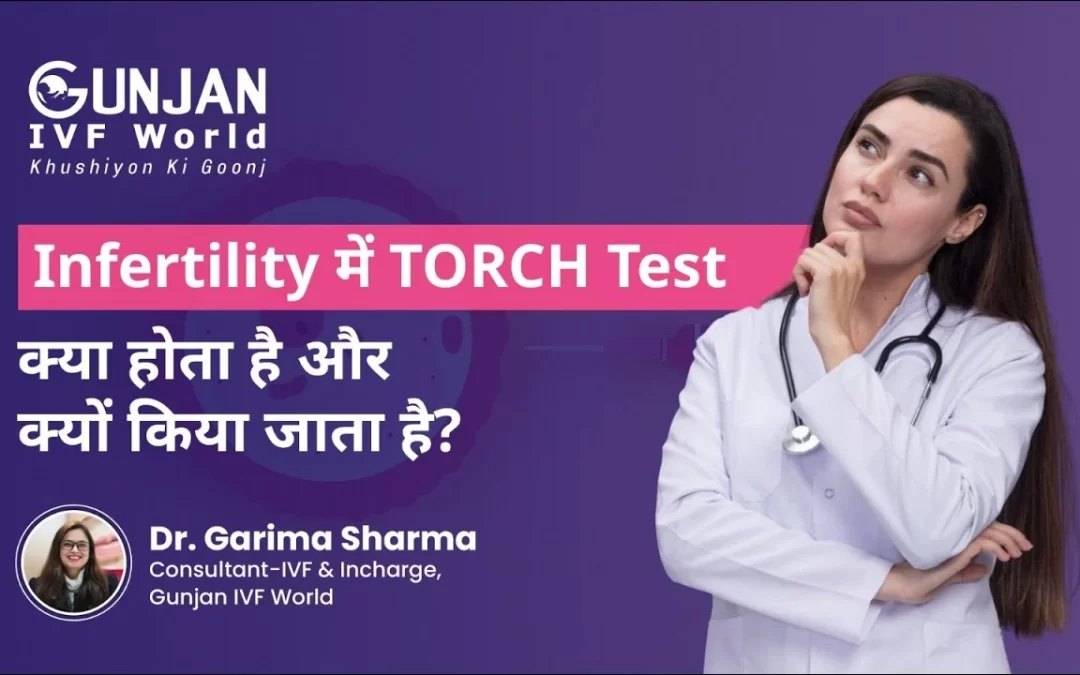
What is TORCH test in infertility and why is it done?
There are numerous tests that are available to infertile couples that are recommended by some doctors, which might help them determine the cause of their infertility. One such test is the TORCH test.
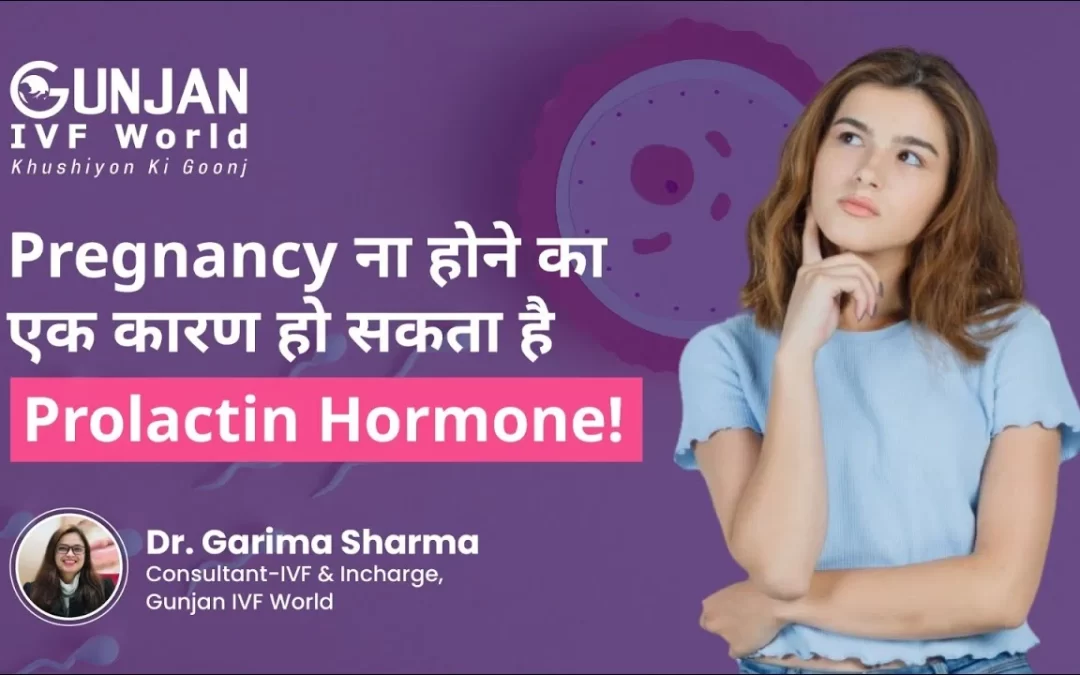
What is Prolactin Hormone?
Prolactin is a hormone produced by the pituitary gland present at the brain’s base. It is best known for its role in lactation, or milk production, in breastfeeding women.However, Prolactin also plays other important roles in both men and women, such as regulating the immune system, stimulating the growth of new blood vessels, and influencing behaviour and reproductive function. In this blog, we will explore what Prolactin is, how it works, and what happens when there are imbalances in prolactin levels.
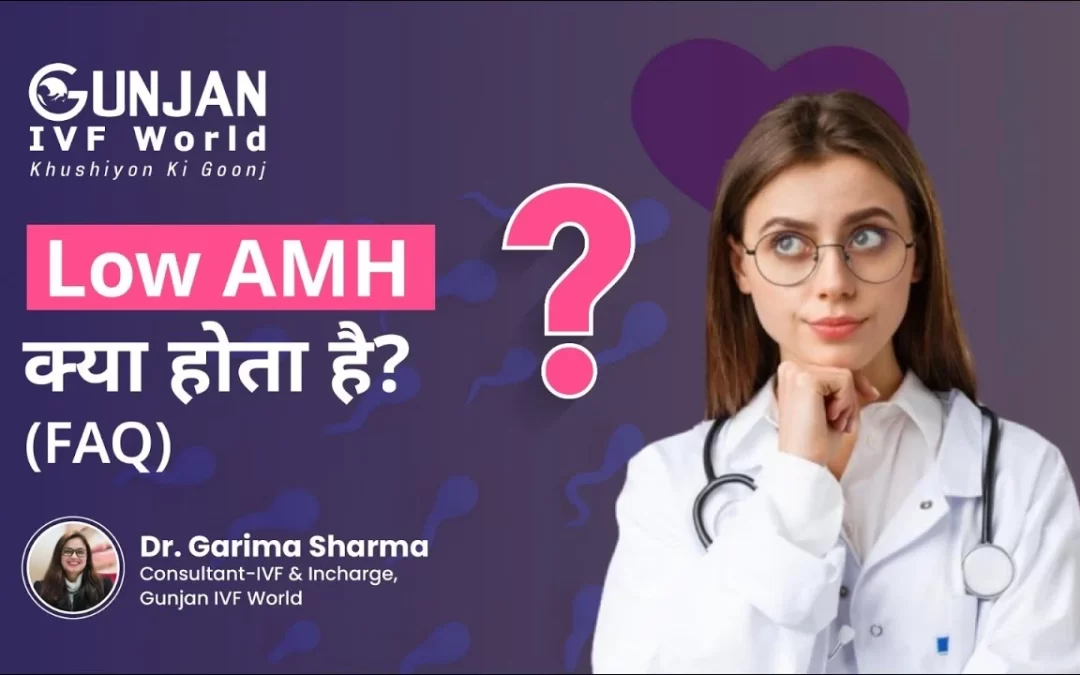
Frequently Asked Questions about Low AMH
Primordial and Preantral follicles produce AMH. So the AMH level indicates the number of eggs or egg reserves you have in your ovary. Putting simply, if your AMH level is low, then the number of eggs in your ovary is less.
Frequently Asked Questions
Does testicular temperature have an impact on male fertility
IVF specialists of the best IVF centre in Ghaziabad – Gunjan IVF World share an informative blog on one of the most ignored factors of male infertility. It is an alarming fact to...
Is male menopause a myth or reality ?
IVF specialists of the best IVF centre in Ghaziabad – Gunjan IVF World debunk the myths about male menopause through this informative blog Menopause as a term is extremely common...
Can smoking cause fertility problems in men?
IVF specialists of the best IVF centre in Ghaziabad – Gunjan IVF World share valuable insights on how smoking leads to infertility in men. Becoming parents is one of the greatest...


